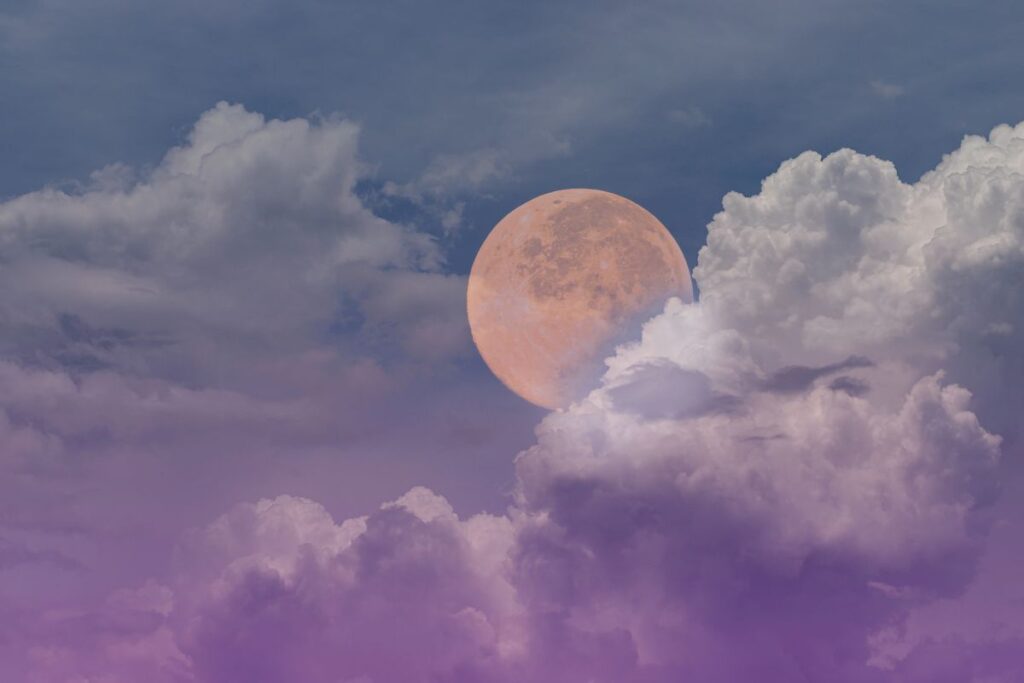Throughout the year, the night sky offers an ever-changing display of astronomical events, including various phases of the moon. Each full moon not only illuminates the sky but also carries unique names that reflect the changing seasons and nature.
Significance of full moon names
Traditionally, full moons are named after specific features or activities linked to the time of year they appear. For example, the April full moon is referred to as the Pink Moon, a nod to the springtime bloom of the ground phlox, a widespread pink flower in North America. Despite its colorful name, the moon doesn’t actually showcase a pink hue. Instead, the nomenclature reflects the blossoming of flora associated with early spring.
Other noteworthy full moons
In addition to the Pink Moon, there are specific names attributed to each monthly full moon based on traditional associations:
- Flower Moon in May
- Strawberry Moon in June
- Buck Moon in July
- Sturgeon Moon in August
- Harvest Moon in September
- Hunter’s Moon in October
- Beaver Moon in November
- Cold Moon in December
Impact on astronomical observations
The brightness of a full moon can often hinder the optimal observation of other celestial phenomena, such as meteor showers. Specifically, during the Lyrids meteor shower—which peaks around mid-April—the light from the nearly coinciding full moon may potentially obstruct the visibility of fainter meteors.
Viewing strategies for bright moon nights
Although a bright full moon can pose challenges for meteor-watching, all hope is not lost. Observers can enhance their experience by:
- Watching from areas free of urban light pollution,
- Allowing eyes to adapt to the darkness for at least 20 minutes before starting observation,
- Focusing on regions of the sky away from the moonwhere dark patches provide better chances to spot meteors.
Navigating the 2024 lunar calendar
The next significant event to mark on your lunar calendar occurs on April 23, with peak illumination expected at approximately 7:49 p.m. ET/6:49 p.m. CT. This timing allows enthusiasts and amateur astronomers to plan accordingly, setting up observations when these celestial moments take stage.
Why follow the lunar calendar?
Keeping an eye on the lunar calendar is crucial for those passionate about astronomy. It not only informs them about when to hunt for specific astronomical occurrences but also enhances their understanding of how these cosmic schedules impact terrestrial happenings.
The procession of full moons through the seasons provides a rhythmic marker of the passage of time, offering both beauty and insight into our natural world. Whether observing a delicate Pink Moon that heralds the resurgence of spring flowers or capturing the dim trails of a meteor shower muted by lunar brilliance, each phase of the moon invites us to embrace the wonders of the universe from our vantage point on Earth.
In cultivating an appreciation for these celestial events, we connect deeper with the cosmos and learn more about the intriguing ballet of planets, moons, and stars that unfold above us relentlessly.

